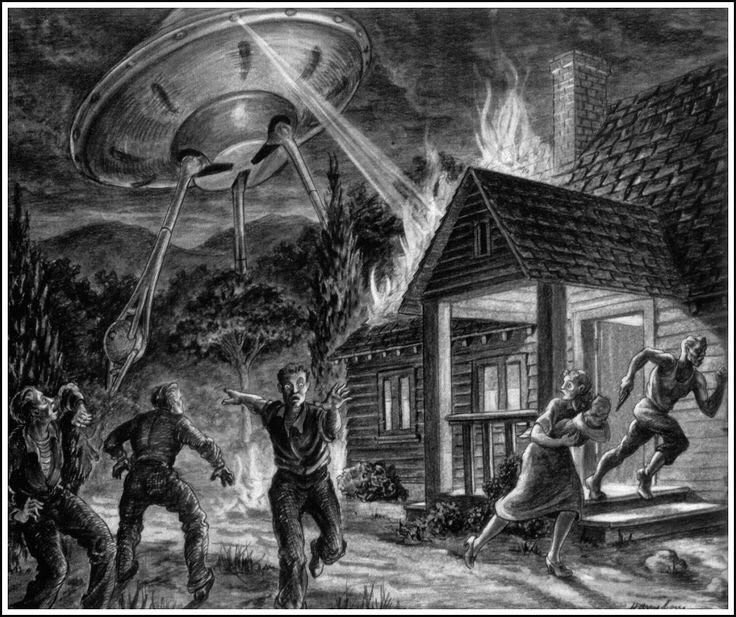My beach house must be somewhere around here. I used to be able to see the ocean from it. I should be able to see it from the ocean. Ooo, that looks familiar. Lady Liberty. Ha ha! Hellooo! All the best to you. —Admiral Horatio Horntower
Are there any Better Call Saul fans among the global warming deniers?
A scenario in which one can simultaneously pooh pooh the melting of the polar ice caps and embrace The Thin Blue Line?
Director Errol Morris and his star, Bob Odenkirk, may not change any minds with their Global Meltdown spots they produced in partnership with the Institute for the Future, but hopefully the emphatic end cards will stir some fans to action.
The absurdist 30-second shorts feature Odenkirk, encrusted in epaulets and naval insignia, as the fictional Horntower, “an admiral of a fleet of one and perhaps the last man on Earth.” Marooned on a small block of ice, he rails against the inexpertly animated wildlife encroaching on his domain.
(“You don’t even have the facility of language!” he tells a penguin, and later threatens a walrus that it will “get painted out” of the final cut for “complaining all the time…”)
Certainly a documentarian of Morris’ stature could have taken a lengthier, more serious approach to the subject, but as he notes:
Logic rarely convinces anybody of anything. Climate change has become yet another vehicle for political polarization. If Al Gore said the Earth was round there would be political opposition insisting that the Earth was flat. It’s all so preposterous, so contemptible.
Odenkirk also has some out-of-uniform concerns about climate change, as expressed in “Where I Got These Abs,” a 2011 Shouts & Murmurs piece for The New Yorker:
The middle ab on the left (not my left, your left, if you are looking at me) is called Terrence. It’s a dignified ab. It tenses each time I read an op-ed article about global warming. The article’s point of view is immaterial; simply being reminded that I can do nothing to stop the horrific future of floods and catastrophe gives this ab a taut yank that lingers, burning calories in my well-creased forehead at the same time.
Watch all of Morris and Odenkirk’s Admiral Horntower spots, currently totaling nine, with ten more to come, on Global Meltdown’s YouTube channel.
via Kottke
Related Content:
Climate Change Gets Strikingly Visualized by a Scottish Art Installation
Global Warming: A Free Course from UChicago Explains Climate Change
NASA Captures the World on Fire
Ayun Halliday is an author, illustrator, theater maker and Chief Primatologist of the East Village Inkyzine. Join her in NYC this Monday, September 9 for the new season’s kickoff of her book-based variety show, Necromancers of the Public Domain. Follow her @AyunHalliday.







